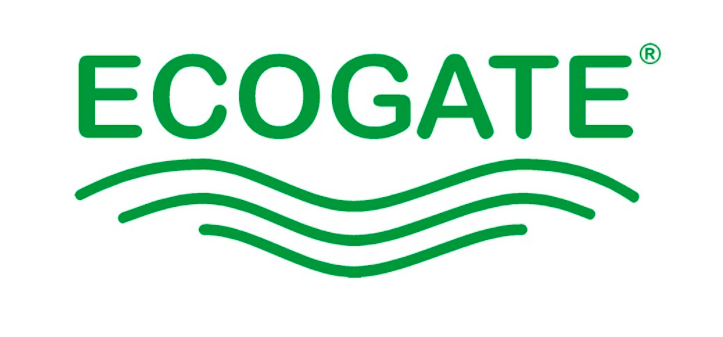As Vice President of Ecogate, Richard Melrose shares how intelligent industrial exhaust ventilation sets the standard for energy efficiency.
For decades we’ve abandoned summer evenings on our front porches in favor of indoor air-conditioning. But when Covid 19 focused a spotlight on the importance of ventilation, we flung windows and doors open and jerry-rigged box fans to suck fresh air into our homes, schools, and offices. Even today’s elementary students know SARS-CoV-2 viral particles spread more readily indoors than outdoors. The CDC tells us that improving a building’s ventilation system dilutes the concentration of viral particles in the air and lowers our risk of exposure. But is it possible to achieve optimal air quality along with energy efficiency? At Ecogate, our innovations to traditional ventilation systems answer with a resounding “Yes!”
Improving the energy efficiency of industrial exhaust ventilation systems
While today’s focus for ventilation systems is largely on health and safety, we must keep sight of energy efficiency. At Ecogate, we take the health of our clients just as seriously as the health of our planet.
Ecogate’s industrial exhaust ventilation systems consistently cut the energy use of factories, labs, and college shops by 15-20%. By saving facilities 60-70% of the electricity sucked away by their ventilation fans, we reduce their overall energy expenditure by a fifth. Upgrading industrial ventilation systems improves the lives of our customers, the performance of their businesses, and the impact of their environmental footprints.
How do we achieve these energy savings? Imagine a house with a single light switch at the front door to turn on all the lights. You’ve never seen a home like this because it’s incredibly inefficient. I’ve never been to your home, but I’m willing to bet you have light and dimmer switches to provide on-demand lighting to each room.
Believe it or not, most companies build filtration systems on the principle of the house with a single light switch. They have one on/off switch for the entire ventilation system. This switch is often turned on in the morning and left on all day—whether machines or operators need filtration or not.
Energy efficiency translates to monetary savings
Filtration systems are one of the greediest drains on a factory’s energy consumption. A reduction in the time and speed of their usage leads to a considerable decrease in the energy they devour. As a bonus to the environmental gains of cutting electrical power, this reduction delivers massive savings in operation costs.
Exhaust ventilation fans are some of the largest motors in a factory. They often weigh in at 400 HP and run during the entire shift. These motors are, without a doubt, the largest consumers of electricity in factories today. Take, for example, Andersen Windows. Their factory has 28 250 HP systems amounting to 7000 HP in fan power. With our upgraded system, this factory achieves over one million dollars in savings on its electricity bill per year. Through lack of knowledge, many industries miss out on these savings by updating with the same systems that have been available for 30+ years.
Ecogate raises the bar for energy efficiency and carbon reduction
Traditional dust & fume collection systems are simply inefficient. Imagine a hotel with a hundred rooms. A smart hotel owner would turn on air only in occupied rooms. Running air conditioning to empty rooms all of the time would be an incredible waste.
Factories have dozens of machines, but an Ecogate filtration system powers on only for the equipment currently in operation. By sending air only where it’s needed, we reduce the systems’ electricity cost by two-thirds, while at the same time making the system safer.
Ecogate systems are ideal tools for corporate customers aiming to achieve energy efficiency or carbon reduction targets. Our sensors, automatic blast gates, variable speed drives, and intelligent control systems revolutionize industrial ventilation by improving efficiency and reducing environmental impact.
We have been in continuous operation since 1997 and have over 1,000 installations in the woodworking, pharmaceutical, printing, food processing, automotive, and aerospace industries on four continents.

